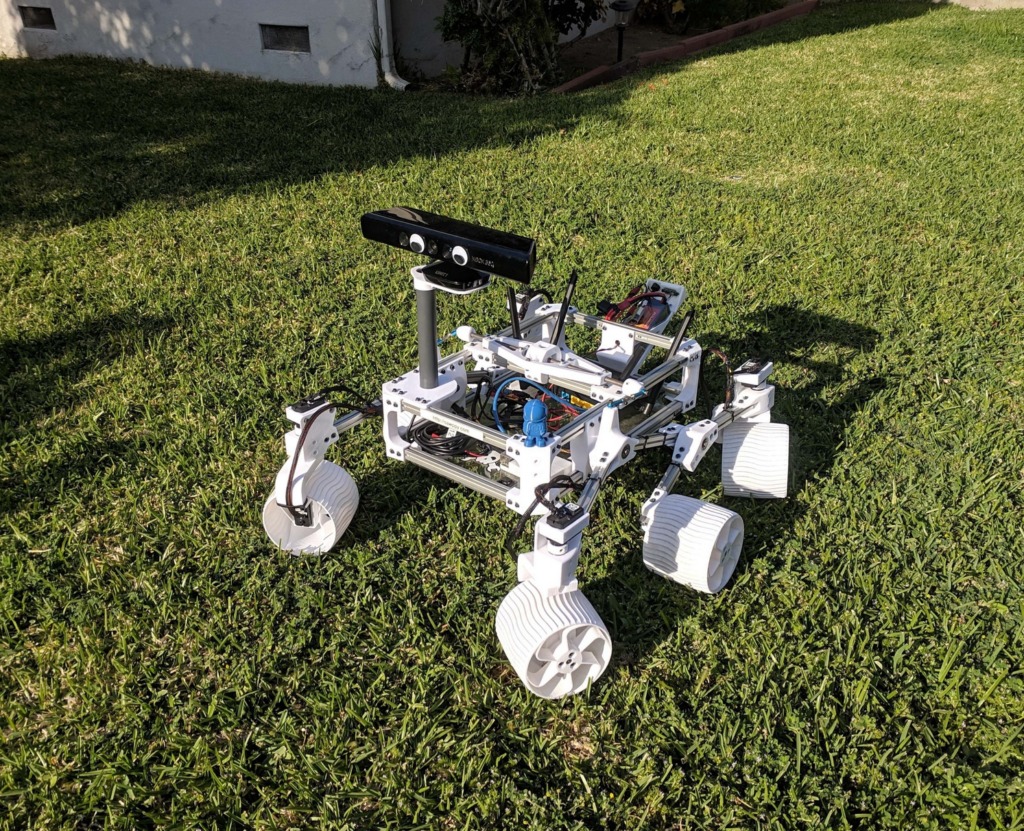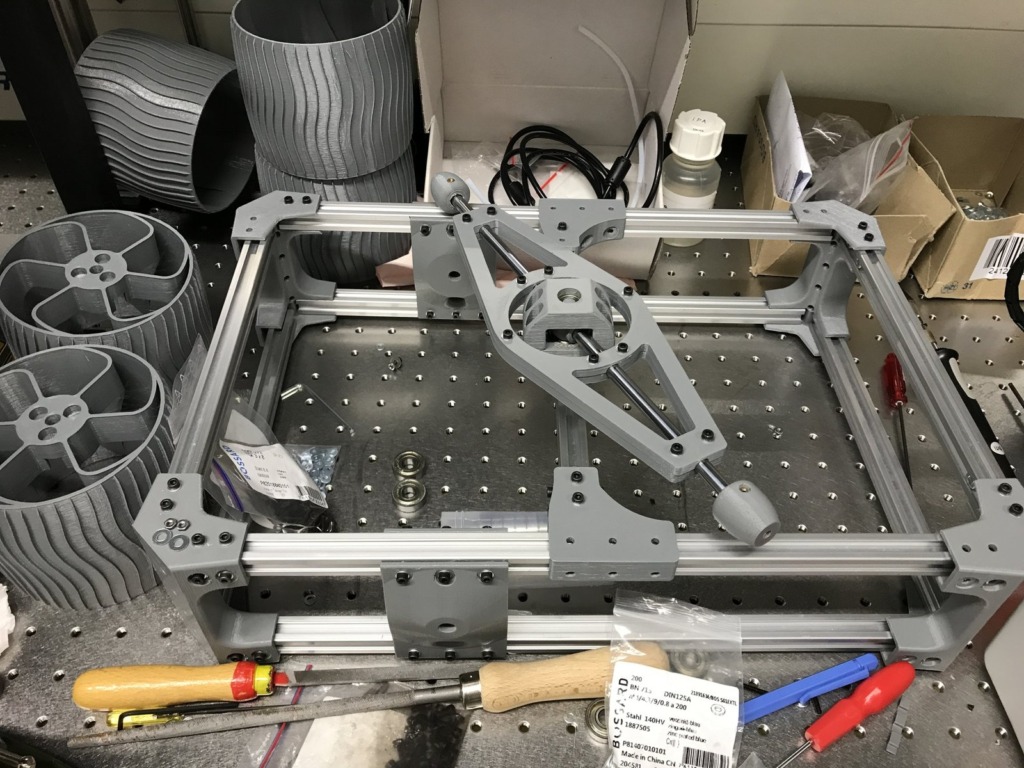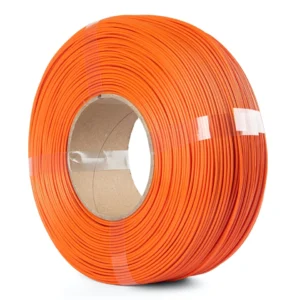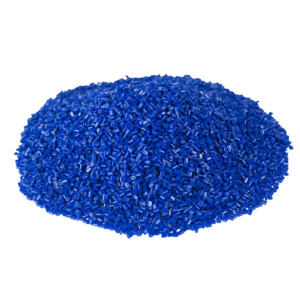In the pursuit of fostering scientific curiosity, hands-on learning, and a passion for robotics, a dedicated team embarked on an ambitious project to construct and fabricate motorized replicas of the Mars rovers Curiosity and Perseverance.
This endeavor not only aimed to faithfully emulate the suspension kinematics of real rovers but also to serve as a platform for future autonomous software projects. Primarily targeted at high school students across Europe, this initiative sought to inspire the next generation of engineers and scientists. This case study delves into the challenges, choices, and triumphs of the project, with a particular focus on the choice of Spectrum filaments to bring the vision to life.

Project overview
The central objective of the project was to build and 3D print highly accurate and motorized models of the Mars rovers Curiosity and Perseverance. Drawing inspiration from the Sawppy project, the team aimed to replicate the intricate suspension mechanisms of these rovers. This hardware platform was intended to facilitate future software experiments related to autonomous rover operations. At its core, this project was an educational initiative, striving to kindle a fascination for robotics and 3D printing among high school students throughout Europe.


The Role of Spectrum Filaments
For a project of this scale, choosing the right filament was paramount. The team required a reliable, durable, and consistent filament to ensure the success of both assembly and prototyping phases. Spectrum’s PET-G Premium Dark Grey filament emerged as the preferred choice for several reasons.
- Performance and reliability: Given the substantial amount of filament required, the team initially tested various brands and shades of grey. Spectrum’s filament consistently delivered the best results, exhibiting high-quality printing and mechanical stability.
- 2Ease of Use: Spectrum’s filament demonstrated smooth and hassle-free 3D printing processes. This attribute significantly contributed to the project’s efficiency and progress.
Conclusion
The motorized Mars rover project serves as a testament to the intersection of education, innovation, and robotics. Through meticulous planning and the choice of quality materials, particularly Spectrum’s PET-G Premium Dark Grey filament, the team successfully forged a path toward creating immersive learning experiences for high school students. As the project nears completion, the team’s partnership with Spectrum Filaments remains strong, poised to carry their enthusiasm for robotics and 3D printing to new heights while leaving an indelible mark on the educational landscape.

Author of the project: David Roesel












